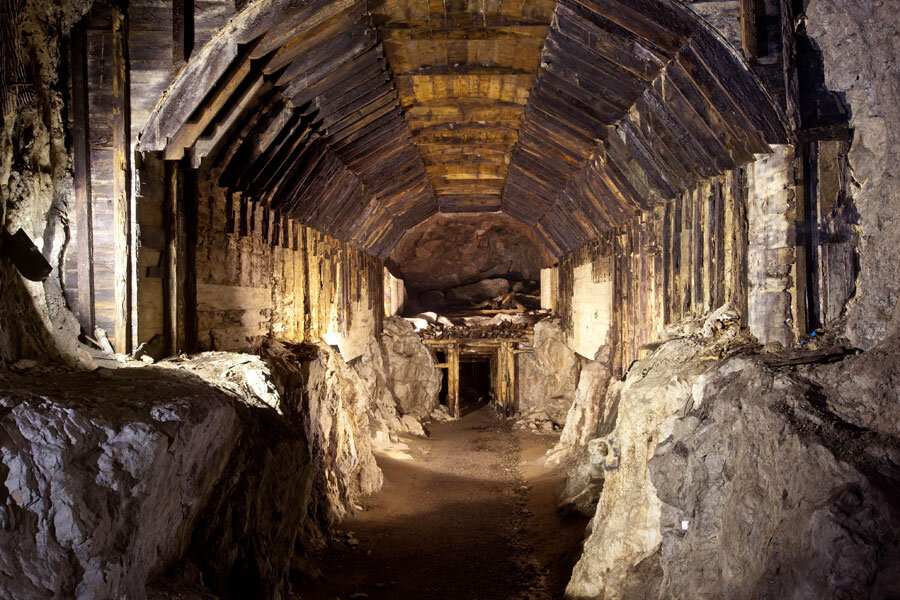Is the Nazi train of gold and gems a myth after all?
Loading...
Polish geologists announced Tuesday that the fabled Nazi train full of gold and gems buried beneath the southwestern city of Walbrzych, Poland, does not exist.
A team from the University of Science and Technology are responding to claims made in September by amateur treasure hunters Piotr Koper and Andreas Richter, who announced that they had finally located the underground train after being tipped off by the testimony of a dying man. They later requested a 10 percent finder's fee for their efforts.
But using magnetic and gravitation equipment, geologists examined the Polish city located on the Czech Republic border, and rejected the treasure hunters' claim.
“According to our examination, there might be a tunnel but there is no train there,” Professor Janusz Madej from Krakow’s Academy of Mining, the head of the research team, said at a press conference in Walbrzych Tuesday.
But some still believe in the hidden train's existence.
“We believe there is a train,” Mr. Koper insisted at the press conference Tuesday. “The readings [by the scientists] are different because the methodological approach was not the same as ours.”
During the war, Walbrzych was home to a massive architectural project that would have been Adolf Hitler’s headquarters in Książ Castle and a labyrinth of underground tunnels known as Project Riese. Located 50 meters below ground, Project Riese was a top-secret operation, the exact purpose of which remains unknown. Walbrzych residents say the tunnels served as the perfect storehouse for billions of dollars in gold and jewels hidden in the face of a rapidly-approaching Soviet army in 1945.
“It was a perfect place to hide the train,” retired miner Tadeusz Slowikowski told The Christian Science Monitor’s Monika Rebala in September. “The train is just a beginning, many treasures could be hidden under the castle and in the Sowie Mountains … The Nazis could have done here everything.”
Poland’s Deputy Culture Minister Piotr Zuchowski admitted he too was a gold train believer, saying in August that Koper and Mr. Richter’s radar images left him “99 percent convinced” that the Nazi train was buried beneath Walbrzych.
But the minister and other state officials have reason to perpetuate the legend: interest in the billion dollar Nazi train has been a significant source of revenue for the once-sleepy town.
“We have been hoping to become a tourist town since the mines closed in the 1990s and it happened over one month because of the train story,” local historian Mateusz Mykytyszyn told NBC News. “I’ve spoken with restaurant owners, taxi drivers, tour operators and they have seen a huge rise in interest. Definitely it is a different town.”
“The train is still underground but city already has the gold!” Richter exclaimed.
Regardless of outside expectations, local authorities in Walbrzych will have to decide who to believe: the university scientists or hundreds of amateur researchers, hobbyists, and historians. The next step of the project would call for drilling underground cameras, a costly and expensive operation.
“We need to think about we should do now,” Arkadiusz Grudzien, a spokesman for the city president, told The New York Times.








